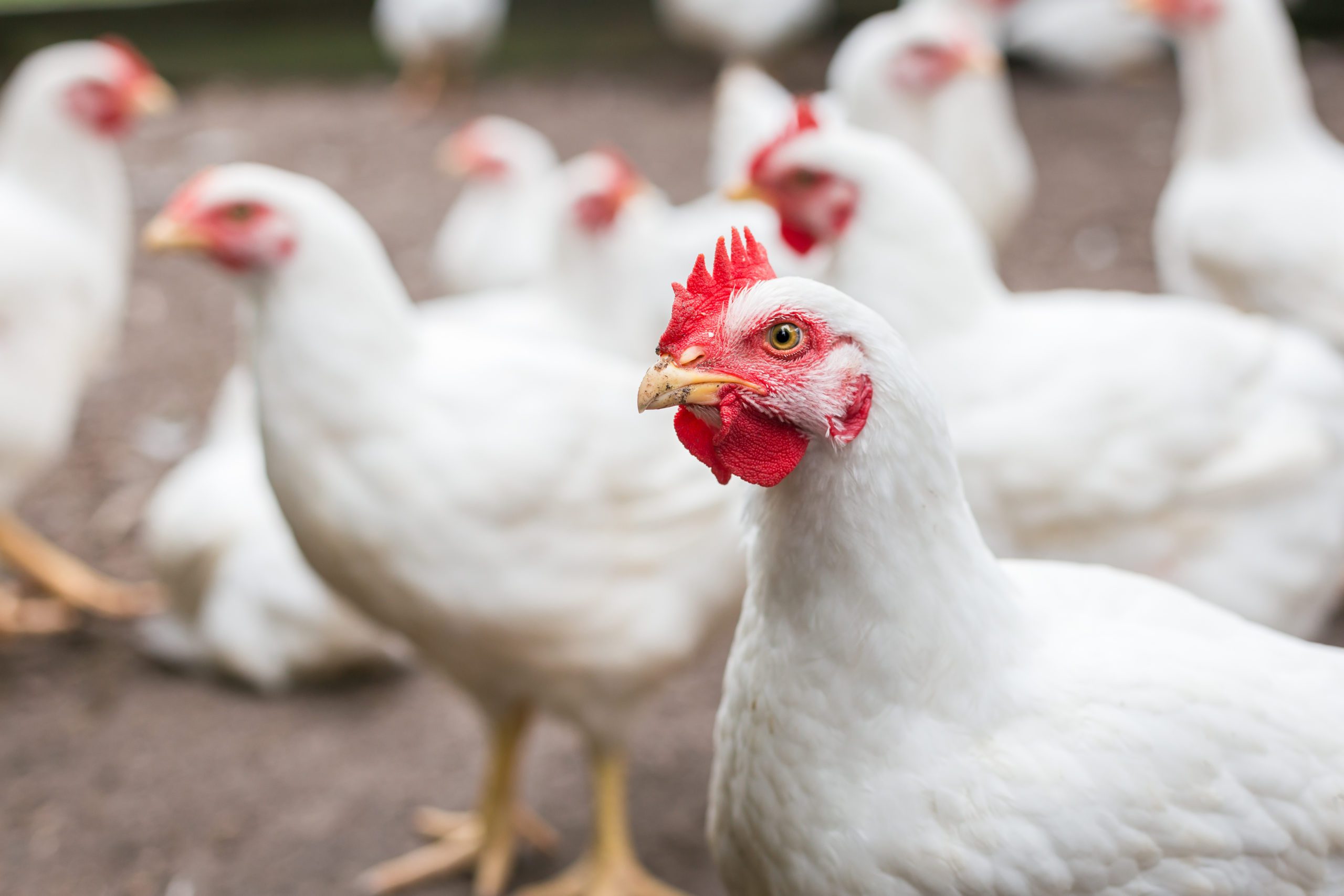An experiment was conducted to determine the importance of non- essential amino acids (NEAA), His, and Phe+Tyr in reduced protein diets fed to broilers. Ross × Ross 308 AP male chicks (1,890) were randomly distributed into 126-floor pens receiving 1 of 14 dietary treatments. A positive control (PC) treatment was formulated to follow the 2022 Aviagen nutrition specifications. Using a Plackett-Burman design, 8 factors of Ala, Asp, Glu, Gly, Ser, Pro, His, and Phe+Tyr were evaluated in a reduced CP diet (- 1.5% point CP than PC) consisting of 2 levels: base (-1) and enhanced (+1), which resulted in 12 treatments. The negative control (NC) was considered when all factors were at the base level (-1), which contained 3% points lower CP than the PC. Another treatment was added where all factors were at the enhanced level (All+1). Live performances were measured at 12, 25, 35, and 41 d, whereas carcass characteristics were evaluated at 42 d. Data were analyzed as a Plackett-Burman screening design using JMP 17.2 to determine the influence of each factor. One-way ANOVA was used to compare NC, PC, and All+1 treatments. Statistical significance was set at P ≤ 0.10. Glycine was responsive for improving BW and FCR (P < 0.05) at all ages, whereas Ser was responsive in improving (P = 0.09) FCR at 41 d of age. Proline enhanced BW (P = 0.007) and FCR (P = 0.003) during the starter phase only. Across all ages, Glu increased (P < 0.10) feed intake. No difference (P > 0.05) in BW and FCR were observed between birds provided the PC and NC diets at 41 d. However, birds fed the All+1 treatment had improved BW (P = 0.001) and FCR (P = 0.004) when compared to birds provided with NC and PC diets. Carcass (P = 0.001) and total white meat yield (P < 0.001) were enhanced by increasing either His or Gly levels. Birds provided with the All+1 treatment had greater (P < 0.001) carcass and total white meat yield compared to those fed the NC and PC treatments. However, birds consuming NC diets had more abdominal fat percentage (P < 0.001) than broilers fed the PC and All+1 diets. Lower limiting AA (His) and certain NEAA (Gly, Ser, Pro, and Glu) might play a more noticeable role when reducing dietary protein to maintain performance of broilers.
Kriseldi, R., M. Silva, A. Corzo, J. Lee and R. Adhikari. 2025. Determining the importance of non-essential amino acids, histidine, and phenylalanine + tyrosine in broilers provided reduced protein diets. 2025 International Poultry Scientific Forum, Abstract M119.
